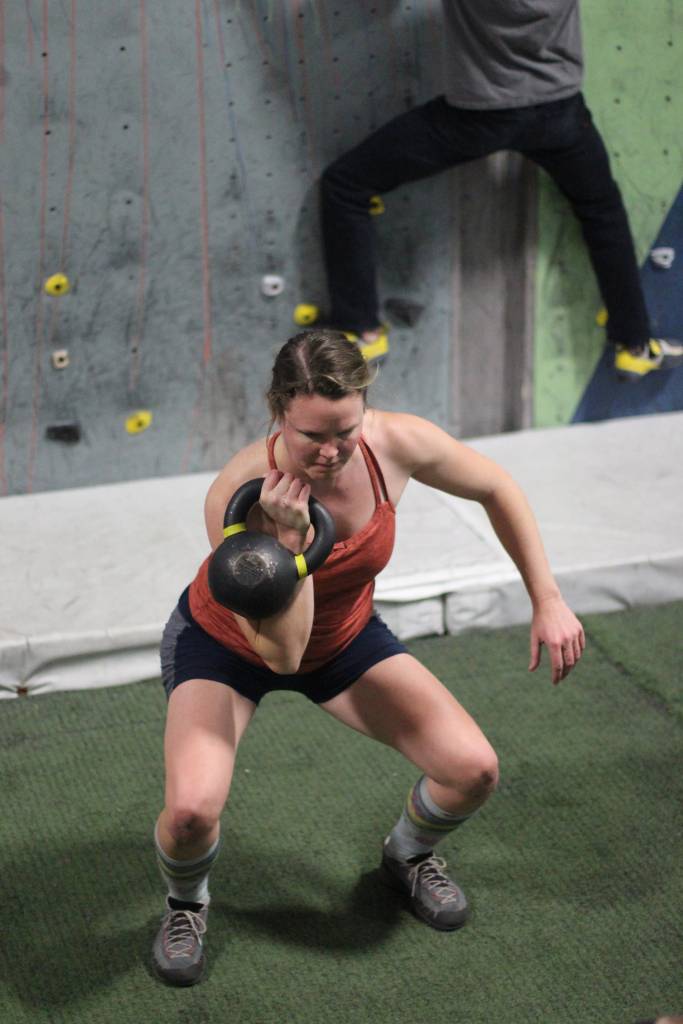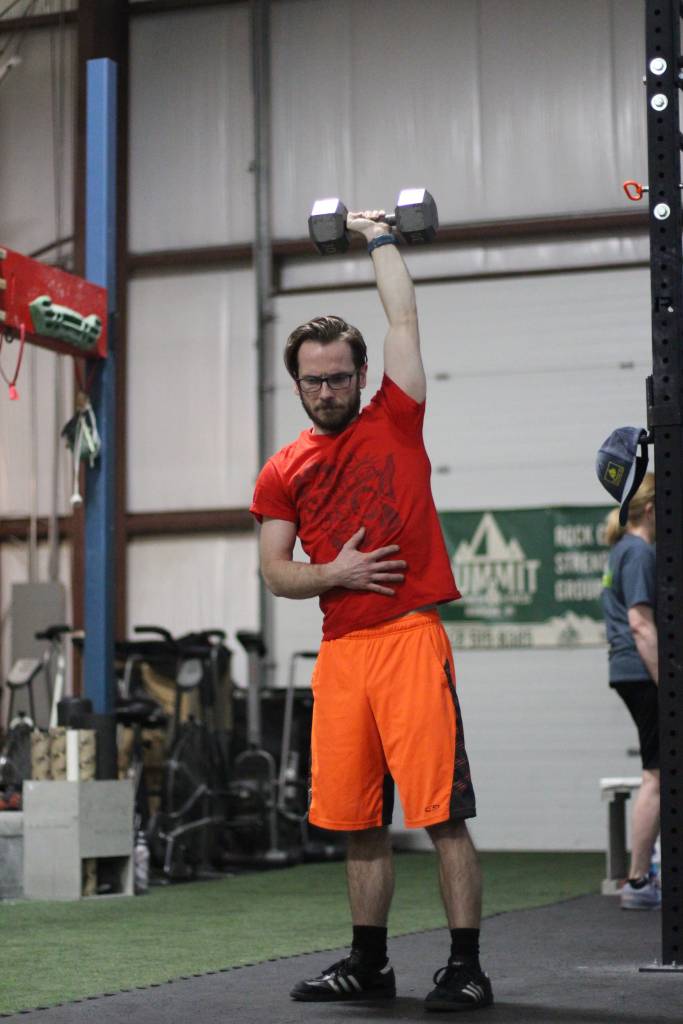Designing a workout plan or just going to the gym without a plan at all can be very overwhelming. Most gyms have a vast amount of unnecessary machines or the latest “six-pack ab” gizmo. On top of that, there are people of all shapes and sizes who know what without any professional help. Being in this situation may cause you to just follow the pack and pick up ideas from the general public on what you should be doing in the fitness center. This is not a way to become more resilient in your physical well-being.
To make things clear, not every fitness plan needs to involve the gym. If going to the ‘health club’ isn’t your thing I don’t blame you. Wherever I am training clients (gym, park, garage, my approach is the same with strength training. That is to make a person become more resilient as an athlete.
How to move better
Fitness and health, first and foremost, is just moving your body like humans are meant to move. However, if you want to get into the swing of working out but don’t know where to start, I have a few suggestions in regards to what movements to be doing. I do suggest that to properly execute these movements you seek out the advice from a personal trainer. This will ensure you execute the proper progression of these movements to strengthen your body while avoiding injury.
No matter who I am training (highly trained rock climber, high school golfers, and the 9-5 business person) I will include these movements in their training regime to help them become more resilient. Depending on what they are training for, I will change up the volume and even the variation of the movement. All these movements are dynamic and done with free weights or just your body weight. The significance of doing machine free dynamic movements encourages full body engagement (use your core!) to complete the rep.
Become more resilient w/ these movements

Squat
done in many forms (barbell front, barbell back, barbell overhead, goblet, zurcher, etc), this is the foundation of fitness. To execute a squat properly you must be in tune with your entire body and alignment (knees stable, chest up, butt out, etc). To do that it all starts with using your CORE. Check out how to LOW BAR BACK SQUAT HERE.
Push up
not only does doing a proper push-up strengthen your chest but it will stabilize your shoulders. On top of that your core is doing a lot of work here to keep your hips in line with your spine. Oh ya and don’t forget to squeeze those glutes to keep your entire posterior chain locked into place (my favorite upgrade is doing them on the rings).
Body weight row
think of these are the opposite of a push-up. So the opposite of strengthening your back you will be hitting your back hard. Also just like push-ups keep your core engaged to stop that but and hips from sagging. Check out the ASSISTED BODY WEIGHT ROW HERE.
Windmill
Stabilizes your fragile and injury-prone shoulder all while stretching your lats and hamstrings. This one feels great and I use it mostly as a warm-up at a very low weight. The windmill demo CAN BE SEEN HERE.

Good morning
Just like windmills, use this movement as a warm-up or cool-down. Your hamstrings and upper back will thank you once it’s all done.
Knees to elbows
Stop wrecking your spine with mundane sit-ups and crunches. Instead, go to the nearest playground, grab a monkey bar, and do some knees to elbows. This movement hits your core (your core is not just your abs, lats, back, or oblique) in a functional and useful way. On top of that, you will start to get a vice grip from hanging onto the bar. See how to do them HERE.
Dead lift
The granddaddy of functional movement. Picking up a heavy object from the ground properly requires a lot of muscular activation from your feet up to your hands (grip strength, glute, and hamstring activation, scapular compression, body tension, etc.). After a day of heavy deadlifts your core will be feeling the burn more than it ever will from hours of crunches. However, done improperly can result in some serious back pain, so please employ the help of a certified trainer to learn this one. You can also watch our full demo HERE.
What next
Of course, there are many other movements I use to become more resilient with myself and with my clients (and variations on these movements), but these are some that I have been doing for 20 years and use as a foundation. If you don’t know where to start with strength training, start small with these movements and build off of them. Once you build that foundation, then you can start adding in more variation with plyometrics and sprinting, and UNILATERAL TRAINING. With a solid foundation, you are on the right path to become more resilient as an athlete.

